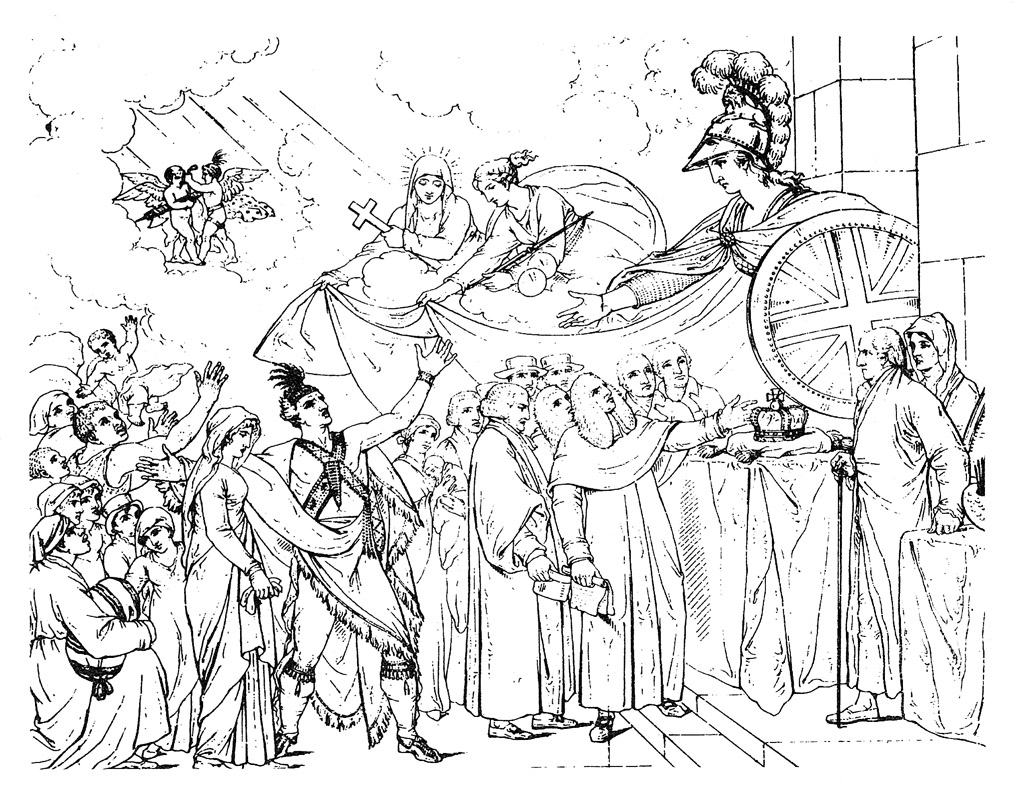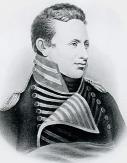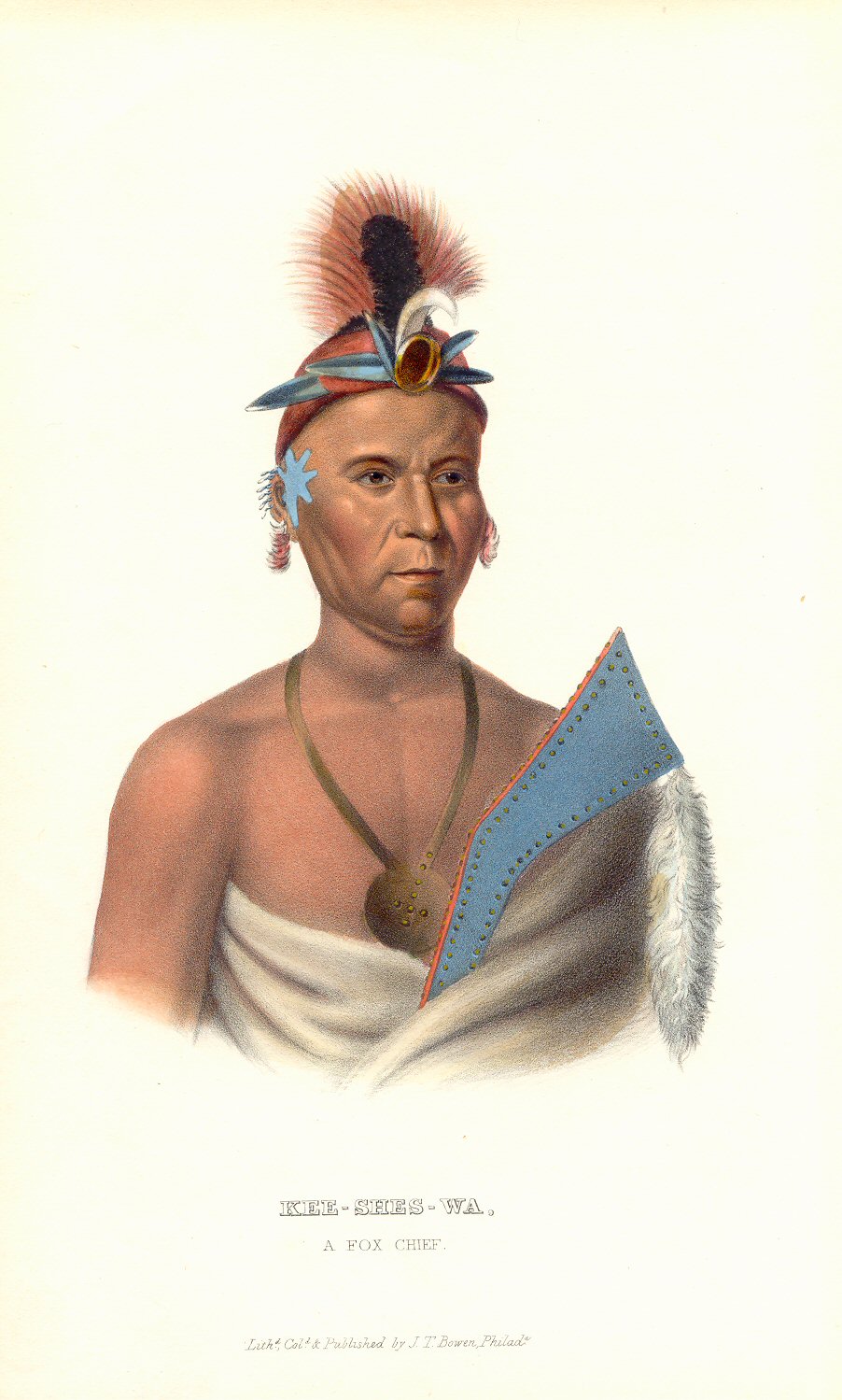|
Wapasha I
Wapasha (c. 1718–1806) was the name of a Mdewakanton Dakota chief. Wapasha ( Dakota: ''Wáȟpe Šá'' New Lakota Dictionary, 2008) was born in present-day Minnesota in about 1718. During his youth he befriended the agents of King Louis XV of France and encouraged trade between the French and Dakota nations. Wapasha and his followers were valuable allies of the French, aiding them in their conflicts with the British. After the British defeated the French in 1763, they were suspicious and fearful of their Sioux allies. As a result, there were no English trappers and traders among the Sioux. They had become more accustomed to hunting with rifles than bows and arrows. Fur trading with French trappers brought provisions and ammunition and the Dakota found it difficult to survive without this commerce. Several incidents that took place during the French and Indian War made English trappers apprehensive about returning to the Mississippi River valley. One such incident took place i ... [...More Info...] [...Related Items...] OR: [Wikipedia] [Google] [Baidu] |
Mdewakanton
The Mdewakanton or Mdewakantonwan (also spelled ''Mdewákhaŋthuŋwaŋ'' and currently pronounced ''Bdewákhaŋthuŋwaŋ'') are one of the sub-tribes of the Isanti (Santee) Dakota people, Dakota (Sioux). Their historic home is Mille Lacs Lake (Dakota language, Dakota: ''Mde Wákhaŋ/Bde Wákhaŋ'', Spirit/Mystic Lake) in central Minnesota. Together with the Wahpekute (''Waȟpékhute'' – "Shooters Among the Trees"), they form the so-called ''Upper Council'' of the Dakota or Santee Sioux (''Isáŋyáthi'' – "Knife Makers"). Today their descendants are members of federally recognized tribes in Minnesota, South Dakota and Nebraska of the United States, and First Nations in Manitoba, Canada. History Tradition has it that the Mdewakanton were the leading tribe of ''Očhéthi Šakówiŋ.'' Their Siouan languages, Siouan-speaking ancestors may have migrated to the upper Midwest from further south and east. Over the years they migrated up through present-day Ohio and into Wisconsin. ... [...More Info...] [...Related Items...] OR: [Wikipedia] [Google] [Baidu] |
Loyalist (American Revolution)
Loyalists were refugee colonists from Thirteen Colonies, thirteen of the 20 British American colonies who remained loyal to the British Crown, British crown during the American Revolution, often referred to as Tories, Royalists, or King's Men at the time. They were opposed by the Patriot (American Revolution), Patriots or Whigs, who supported the revolution and considered them "persons inimical to the liberties of America." Prominent Loyalists repeatedly assured the Government of the United Kingdom, British government that many thousands of them would spring to arms and fight for the Crown. The British government acted in expectation of that, especially during the Southern theater of the American Revolutionary War, Southern campaigns of 1780 and 1781. Britain was able to effectively protect the people only in areas where they had military control, thus the number of military Loyalists was significantly lower than what had been expected. Loyalists were often under suspicion of t ... [...More Info...] [...Related Items...] OR: [Wikipedia] [Google] [Baidu] |
Mdewakanton People
The Mdewakanton or Mdewakantonwan (also spelled ''Mdewákhaŋthuŋwaŋ'' and currently pronounced ''Bdewákhaŋthuŋwaŋ'') are one of the sub-tribes of the Isanti (Santee) Dakota (Sioux). Their historic home is Mille Lacs Lake (Dakota: ''Mde Wákhaŋ/Bde Wákhaŋ'', Spirit/Mystic Lake) in central Minnesota. Together with the Wahpekute (''Waȟpékhute'' – "Shooters Among the Trees"), they form the so-called ''Upper Council'' of the Dakota or Santee Sioux (''Isáŋyáthi'' – "Knife Makers"). Today their descendants are members of federally recognized tribes in Minnesota, South Dakota and Nebraska of the United States, and First Nations in Manitoba, Canada. History Tradition has it that the Mdewakanton were the leading tribe of ''Očhéthi Šakówiŋ.'' Their Siouan-speaking ancestors may have migrated to the upper Midwest from further south and east. Over the years they migrated up through present-day Ohio and into Wisconsin. Seven Sioux tribes formed an alliance, which they ... [...More Info...] [...Related Items...] OR: [Wikipedia] [Google] [Baidu] |
Native American People In The American Revolution
Native may refer to: People * '' Jus sanguinis'', nationality by blood * '' Jus soli'', nationality by location of birth * Indigenous peoples, peoples with a set of specific rights based on their historical ties to a particular territory ** Native Americans (other) In arts and entertainment * Native (band), a French R&B band * Native (comics), a character in the X-Men comics universe * ''Native'' (album), a 2013 album by OneRepublic * ''Native'' (2016 film), a British science fiction film * ''The Native'', a Nigerian music magazine In science * Native (computing), software or data formats supported by a certain system * Native language, the language(s) a person has learned from birth * Native metal, any metal that is found in its metallic form, either pure or as an alloy, in nature * Native species, a species whose presence in a region is the result of only natural processes * List of Australian plants termed "native", whose common name is of the form "native . . ." ... [...More Info...] [...Related Items...] OR: [Wikipedia] [Google] [Baidu] |
1806 Deaths
Events January–March *January 1 ** The French Republican Calendar is abolished. ** The Kingdom of Bavaria is established by Napoleon. *January 5 – The body of British naval leader Horatio Nelson, 1st Viscount Nelson, lies in state in the Painted Hall of Greenwich Hospital, London, Greenwich Hospital, London, prior to his funeral. *January 8 – Battle of Blaauwberg: British infantry force troops of the Batavian Republic in the Dutch Cape Colony to withdraw. *January 9 ** The Dutch commandant of Cape Town surrenders to British forces. On January 10, formal capitulation is signed under the Treaty Tree in Papendorp (modern-day Woodstock, Cape Town, Woodstock). ** Horatio Nelson, 1st Viscount Nelson, Lord Nelson is given a state funeral and interment at St Paul's Cathedral in London, attended by George IV of the United Kingdom, the Prince of Wales. *January 18 – The Dutch Cape Colony capitulates to British forces, the origin of its status as a colony within the British ... [...More Info...] [...Related Items...] OR: [Wikipedia] [Google] [Baidu] |
1710s Births
Year 171 ( CLXXI) was a common year starting on Monday of the Julian calendar. At the time, it was known in Rome as the Year of the Consulship of Severus and Herennianus (or, less frequently, year 924 ''Ab urbe condita''). The denomination 171 for this year has been used since the early medieval period, when the Anno Domini calendar era became the prevalent method in Europe for naming years. Events By place Roman Empire * Emperor Marcus Aurelius forms a new military command, the ''praetentura Italiae et Alpium''. Aquileia is relieved, and the Marcomanni are evicted from Roman territory. * Marcus Aurelius signs a peace treaty with the Quadi and the Sarmatian Iazyges. The Germanic tribes of the Hasdingi (Vandals) and the Lacringi become Roman allies. * Armenia and Mesopotamia become protectorates of the Roman Empire. * The Costoboci cross the Danube (Dacia) and ravage Thrace in the Balkan Peninsula. They reach Eleusis, near Athens, and destroy the temple of the Eleusini ... [...More Info...] [...Related Items...] OR: [Wikipedia] [Google] [Baidu] |
Wapasha II
Wabasha II (c. 1773–1836), also known as Wapahasha, Wapasha, or "The Leaf," succeeded his father as head chief of the Mdewakanton Dakota tribe in the early 1800s. He led the Dakota forces fighting with the British in the War of 1812, but sided with the United States in the Black Hawk War of 1832. Chief Wabasha II signed the Treaties of Prairie du Chien in 1825 and 1830. In 1843, the settlers of Rocque's Landing changed the name of their town to "Wabasha" in honor of the chief. A statue of Wapahasha II stands next to a fountain in present-day Wabasha, Minnesota, on the west bank of the Mississippi River. Changes among the Dakota For a time in the late 1700s, the Mdewakanton Dakota were said to have united into a large village called Titankatanni (meaning "great old village") on the lower Minnesota River, with as many as 400 lodges. By 1805, however, Titankatanni had split up due to the decline in the local population of game for hunting. The old Mantanton, Watpaton ... [...More Info...] [...Related Items...] OR: [Wikipedia] [Google] [Baidu] |
Prairie Du Chien, Wisconsin
Prairie du Chien ( ) is a city in Crawford County, Wisconsin, United States, and its county seat. The population was 5,506 at the 2020 census. Often called Wisconsin's second-oldest city, Prairie du Chien was established as a European settlement by French voyageurs in the late 17th century. Its settlement date of June 17, 1673, makes it the fourth colonial settlement by European settlers in the Midwestern United States, after Green Bay, Wisconsin; Sault Ste. Marie, Michigan; and St. Ignace, Michigan. The city has many sites showing its rich history in the region. Prairie du Chien is near the confluence of the Wisconsin and Mississippi rivers, a strategic point along the Fox-Wisconsin Waterway that connects the Great Lakes with the Mississippi. This location offered early French missionaries and explorers their first access and entrance to the Mississippi River. Early French visitors to the site found it occupied by a group of Meskwaki led by a chief whose name meant in ... [...More Info...] [...Related Items...] OR: [Wikipedia] [Google] [Baidu] |
Cannon
A cannon is a large-caliber gun classified as a type of artillery, which usually launches a projectile using explosive chemical propellant. Gunpowder ("black powder") was the primary propellant before the invention of smokeless powder during the late 19th century. Cannons vary in gauge (firearms), gauge, effective range, mobility (military), mobility, rate of fire, elevation (ballistics), angle of fire and firepower; different forms of cannon combine and balance these attributes in varying degrees, depending on their intended use on the battlefield. A cannon is a type of heavy artillery weapon. The word ''cannon'' is derived from several languages, in which the original definition can usually be translated as ''tube'', ''cane'', or ''reed''. The earliest known depiction of cannons may have appeared in Science and technology of the Song dynasty#Gunpowder warfare, Song dynasty China as early as the 12th century; however, solid archaeological and documentary evidence of cannons do ... [...More Info...] [...Related Items...] OR: [Wikipedia] [Google] [Baidu] |
Battle Of St
A battle is an occurrence of combat in warfare between opposing military units of any number or size. A war usually consists of multiple battles. In general, a battle is a military engagement that is well defined in duration, area, and force commitment. An engagement with only limited commitment between the forces and without decisive results is sometimes called a skirmish. The word "battle" can also be used infrequently to refer to an entire operational campaign, although this usage greatly diverges from its conventional or customary meaning. Generally, the word "battle" is used for such campaigns if referring to a protracted combat encounter in which either one or both of the combatants had the same methods, resources, and strategic objectives throughout the encounter. Some prominent examples of this would be the Battle of the Atlantic, Battle of Britain, and the Battle of France, all in World War II. Wars and military campaigns are guided by military strategy, whereas battl ... [...More Info...] [...Related Items...] OR: [Wikipedia] [Google] [Baidu] |
Meskwaki
The Meskwaki (sometimes spelled Mesquaki), also known by the European exonyms Fox Indians or the Fox, are a Native American people. They have been closely linked to the Sauk people of the same language family. In the Meskwaki language, the Meskwaki call themselves ', which means "the Red-Earths", related to their creation story. The Meskwaki suffered damaging wars with the French and their Native American allies in the early 18th century, with one in 1730 decimating the tribe. Euro-American colonization and settlement proceeded in the United States during the 19th century and forced the Meskwaki south and west into the tallgrass prairie in the American Midwest. In 1851 the Iowa state legislature passed an unusual act to allow the Fox to buy land and stay in the state. Other Sac and Fox were removed to Indian territory in what became Kansas, Oklahoma and Nebraska. In the 21st century, two federally recognized tribes of "Sac and Fox" have reservations, and one has a settl ... [...More Info...] [...Related Items...] OR: [Wikipedia] [Google] [Baidu] |








